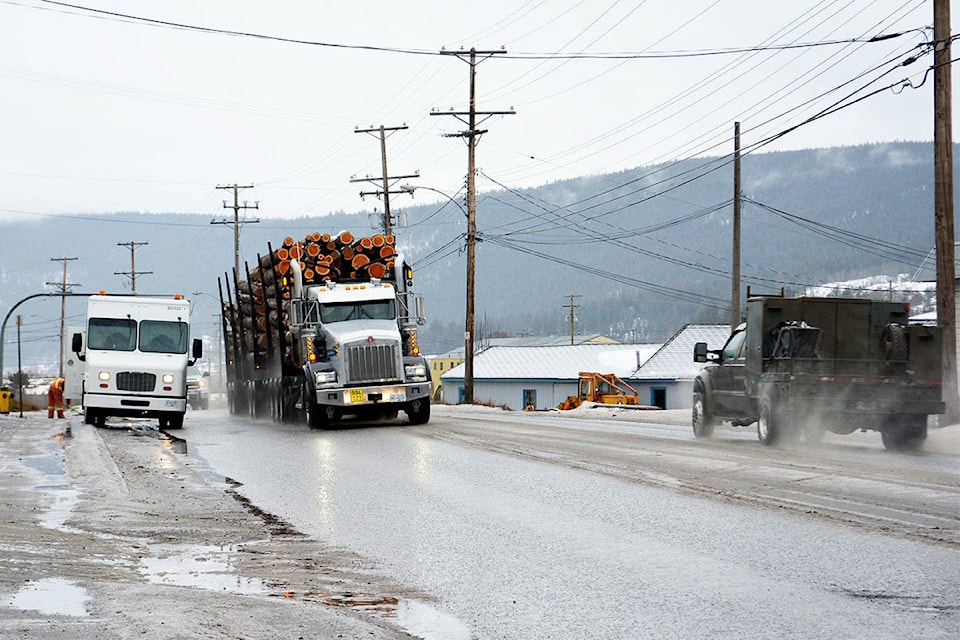Some recent articles about a number of technical improvements in the logging and transport sectors show a familiar trend.
Technical improvements in the forest sector often means fewer jobs, usually in the blue collar tech sectors. For example, a new approach to dealing with the difficulty of getting skilled truck drivers is “Truck Platooning,” which is already legal in some U.S. states (Tennessee and Georgia) and is undergoing tests in Quebec.
Truck platooning is where the lead truck has a driver but the trucks following are driverless because they are linked by a computer system which maintains the required distance to the lead vehicle by controlling the speed and braking. The system also contains a dedicated radio communication system, GPS system as well as radar which according to the developers gives the following truck a faster and safer response than a driver could.
While I could see this working on the flat straight highways, I would have some concerns about a row of driverless loaded logging trucks coming down the switch backs on Highway 20.
READ MORE: Plenty of areas to study to create fire breaks
Significant changes are also taking place in the logging industry as discussed in a number of articles in the recent December - January issue of the Logging and Sawmilling Journal. In one article Tony Kryzanowski describes how the “easy” wood has been disappearing from Canadian commercial forests which has left prime timber on steep slopes or muddy ground where it is unsafe and usually uneconomical to log.
A number of companies have been making greater use of winch-assisted systems on skidders and wood processors which results in less damage, an extended season and safer working conditions ending up with a win- win for both loggers and the environment.
A new mobile grapple yarder system has been replacing the old tower yarders.
A camera on the grapple allows the operator to pick up logs without choker setters on the steep dangerous ground. The claim is that these new systems which have been developed and tested in New Zealand allow work on steep slopes, even in wet and snow conditions with higher worker productivity and improved safety.
The mobile grapple yarder allows companies to deliver twice as many logs per day with fewer employees. The jobs lost were very demanding and dangerous, as choker setters were required to crawl over logs and stumps on steep slopes in adverse weather conditions along with the danger of logs suspended over head. As the author points out it is important to ensure rates are discussed and negotiated with company clients in advance of using these new more profitable systems so that financial benefits flow in both directions — to the forest companies and the loggers.
While most of the steep slope logging has been at the coast one article was about using a winch assisted system on steep slopes in the interior of the province.
READ MORE: Fast growing hybrid hardwoods could help in future biomass plants
While I can appreciate that companies have to make investments in technology to stay competitive, which often means the loss of some jobs, there was some encouragement from articles in the same journal about jobs being created through a new community forest, a value added investment, as well as jobs created through the use of roadside logging material.
Jim Hilton is a professional agrologist and forester who has lived and worked in the Cariboo Chilcotin for the past 40 years. Now retired, Hilton still volunteers his skills with local community forests organizations.
